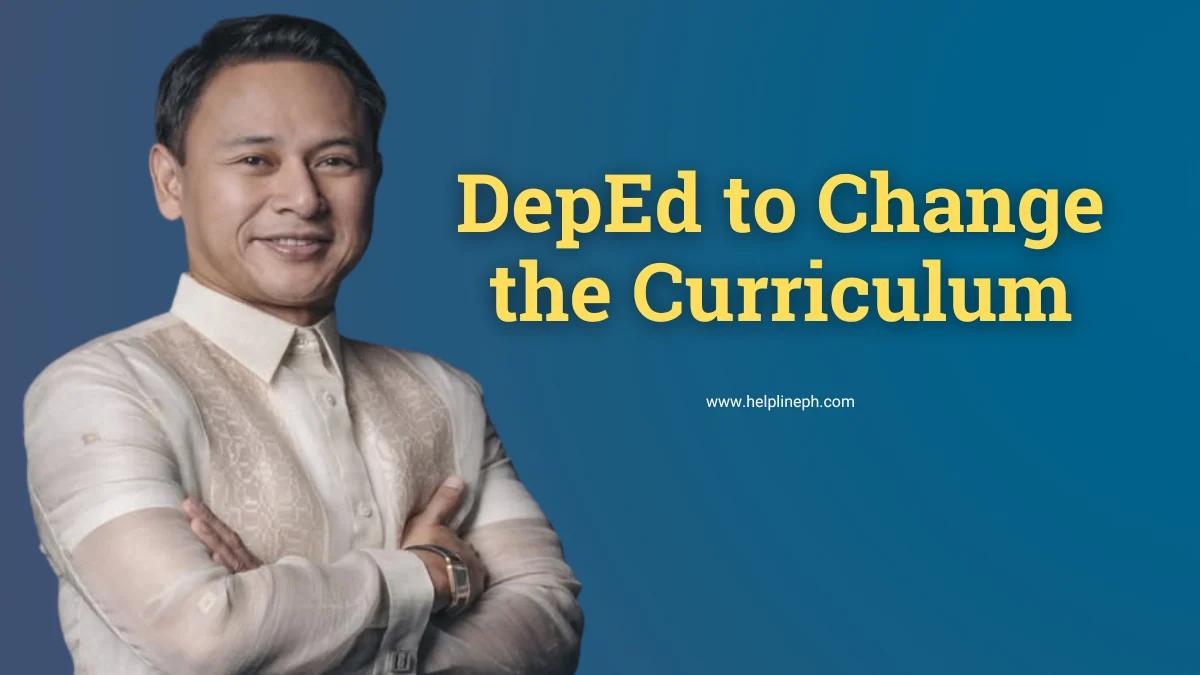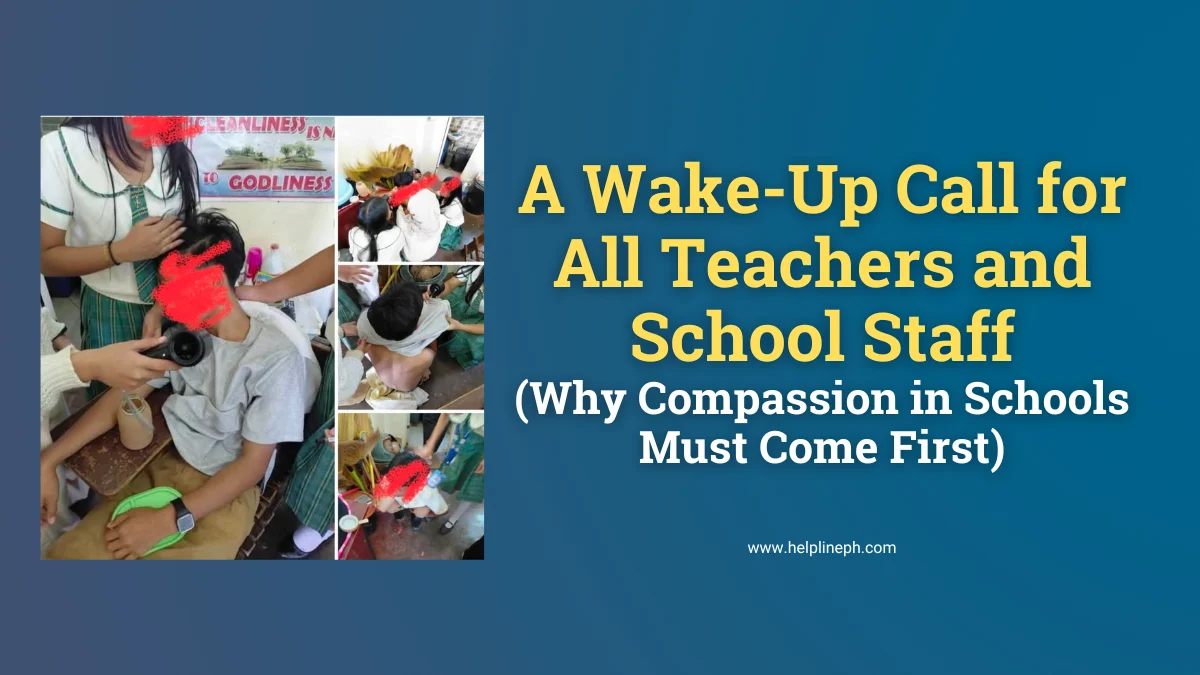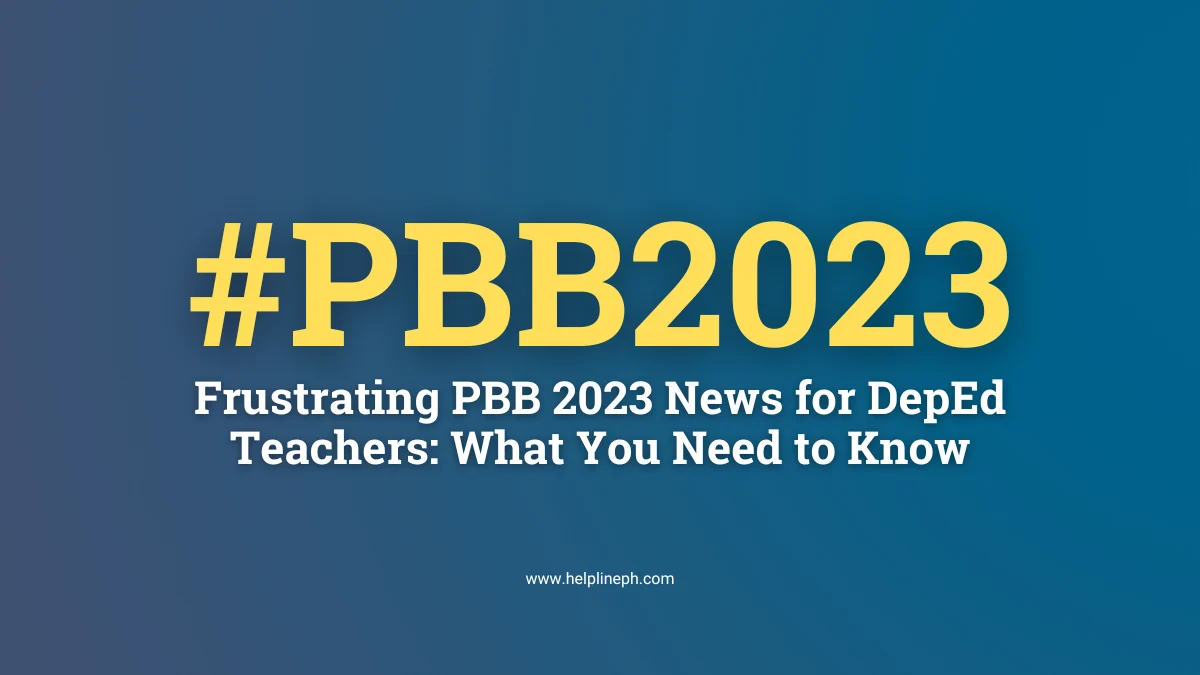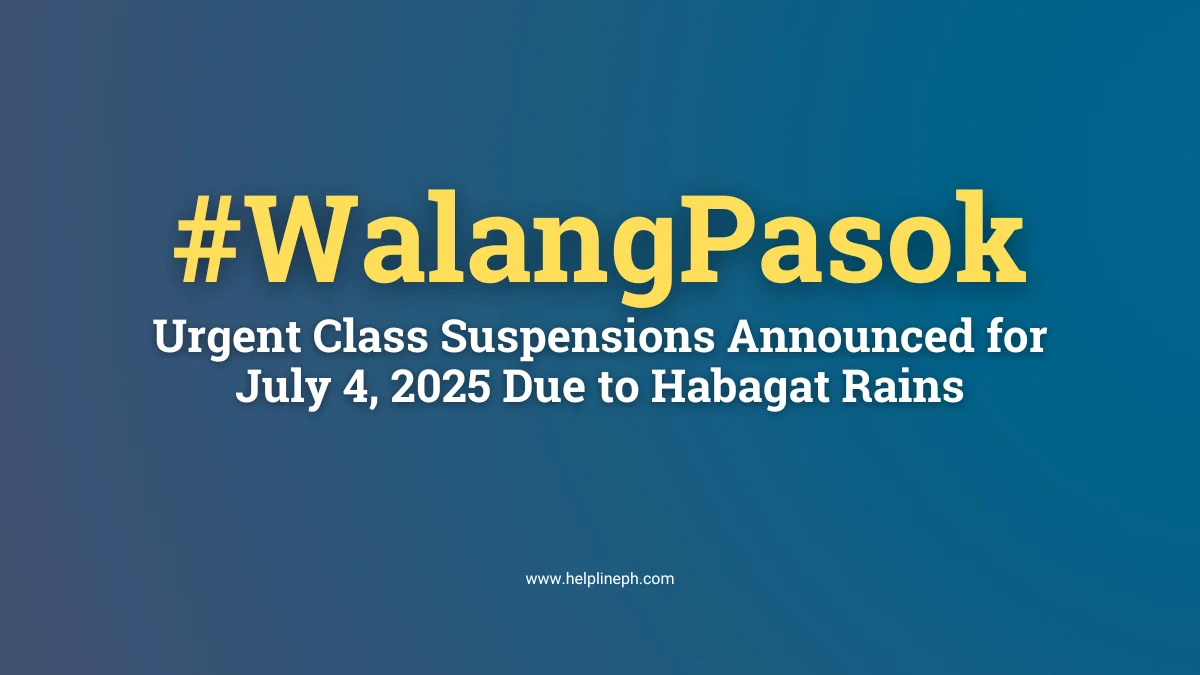Oh my GAD! Gender and Development (GAD) Activities are Impressive Ideas. Should It Be Required for Every School to Conduct?
Gender and Development in Adherence to Basic Education Policies under DepEd Order No. 32 s. 2017. Why do we advocate GAD?
1. The Department of Education (DepEd) issues the enclosed Gender-Responsive Basic Education Policy in line with its Gender and Development (GAD) mandate as stipulated in the 1987 Philippine Constitution, Republic Act (RA) No. 9710, or the Magna Carta for Women (MCW), RA 10533, or the Enhanced Basic Education Act 2013, and the Philippine International Human Rights Commitments to the Universal Declaration of Human Rights (UDHR). Convention on the Elimination of All Forms of Discrimination against Women (CEDAW), and the Convention on the Rights of the Child (CRC), among others.
That is why in DepEd, we are following the child protection policy wherein all the children inside the school, regardless of their age or status, are protected by our policies.
2. Through this policy, the DepEd commits to integrating the principles of gender equality, gender equity, gender sensitivity, non-discrimination, and human rights into the provision and governance of basic education. This is in line with the DepEd’s mandate to ensure access to quality basic education for all. That is why if we are applying for a promotion, we can say that this promotion is intended for all, regardless of gender.
3. This policy is consistent with the DepEd’s vision, mission, values, and mandate.
This will be anchored on the SDGs, which we can call the Sustainable Development Goals. This is under SDG 5, or Goal 5, which is about achieving gender equality and empowering all women or girls.
Next, the Philippines is committed under international and national laws to integrating gender equality into the principles, goals, and process of Philippine education. The 1987 Philippine Constitution provides that the state “shall protect and promote the right of all citizens to quality education at all levels and shall take appropriate steps to make education accessible to all” (Article XIV, Section 1).
It is also included in Southeast Asia. The Philippines supports the ASEAN Socio-Cultural Community Blueprint 2025, which envisions an inclusive ASEAN that works toward the achievement of gender equality and the elimination of all forms of discrimination and addresses the intersectionality of women’s discrimination. The Blueprint aims to protect and empower women, children, youth, the elderly, persons with disabilities (PWDs), ethnic minority groups, and other vulnerable and marginalized groups.
In the education system in the Philippines, we have to consider ethnic groups and the disabled in the sectors of the community. Likewise, the Women’s Empowerment, Development, and Gender Equality (Women’s EDGE) Plan 2013-2016 (Chapter 6: Education) published by the Philippine Commission on Women (PCW) summed up the enduring gender issues in Philippine education as follows:
a. Boys are underperforming in key educational indicators compared to girls. It is noteworthy that girls are performing better in education than boys. Why not empower them if they are good and have good performance in educating themselves?
b. Indigenous Peoples (IPs) fall behind in enrolment data and experience discrimination.
As a result, empowering them will benefit the community as well as their social mobility and ability to develop themselves.
c. Higher education degrees manifest marked gender segregation.
Well, this is not stipulated how many percent, but there is marked segregation in terms of a higher segregation rate.
d. Gender biases and stereotypes remain and are still embedded in the curricula, instructional methods, materials, and learning media.
Make certain that the person creating these learning materials or modules is sensitive to gender issues and biases when creating these activity sheets.
e. Women and girls continue to be vulnerable to sexual harassment and violence in schools.
In school, many children experience sexual harassment and violence. This proves that we should advocate for GAD and help these poor victims of sexual harassment and violence in schools. That is why we need to increase our awareness of gender and development through training to empower ourselves to help our co-workers and our students protect themselves and know their rights and privileges.
Gender and Development (GAD) has monthly advocacies that the school needs to conduct or participate in.
- March- Women’s Month
- Lesbian, Gay, Bisexual, and Transgender (LGBT) Pride Month-June
- Breast-feeding Month
- Peace Education Month-September
- Children’s Month-November
- 18 Day Campaign to End Violence (From November 25 to December 12th)
- Human Rights Month-December
Therefore, the Department of Education encourages schools to hold Gender and Development (GAD) activities to teach teachers and students that all genders have similar rights and benefits and are treated equally. The validation of school-based management also includes gender and development (GAD) activities. The SBM committees will be validating all activities at the school, including the activities in gender and development. – Doki | Helpline PH





